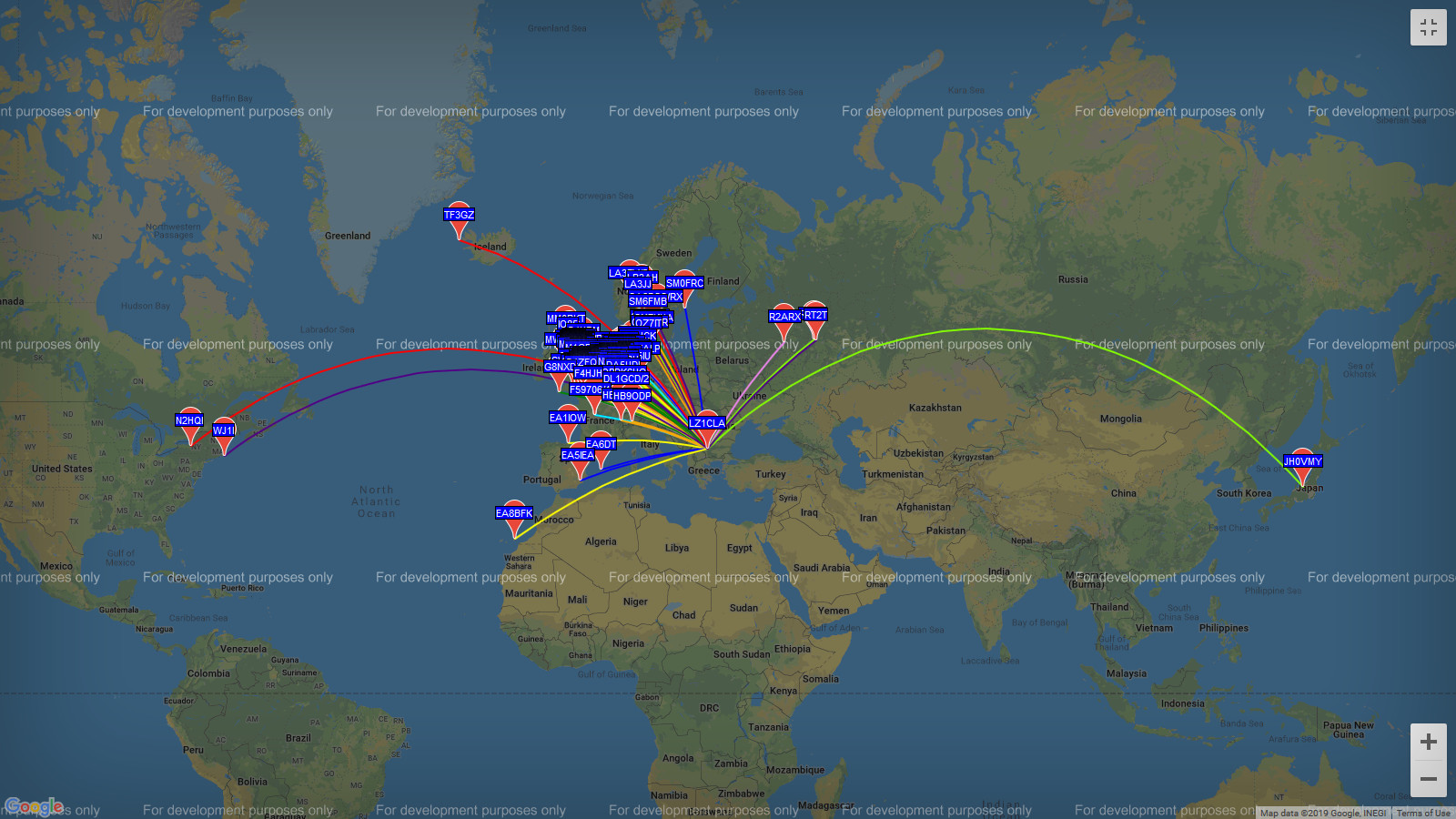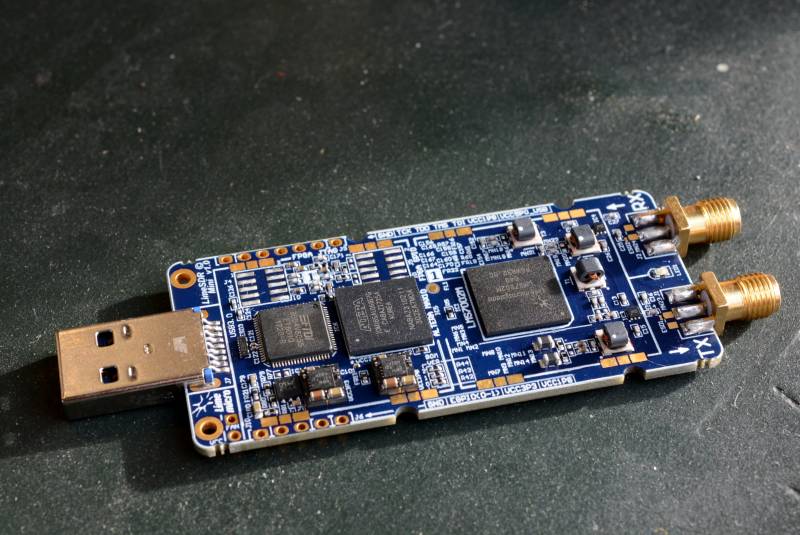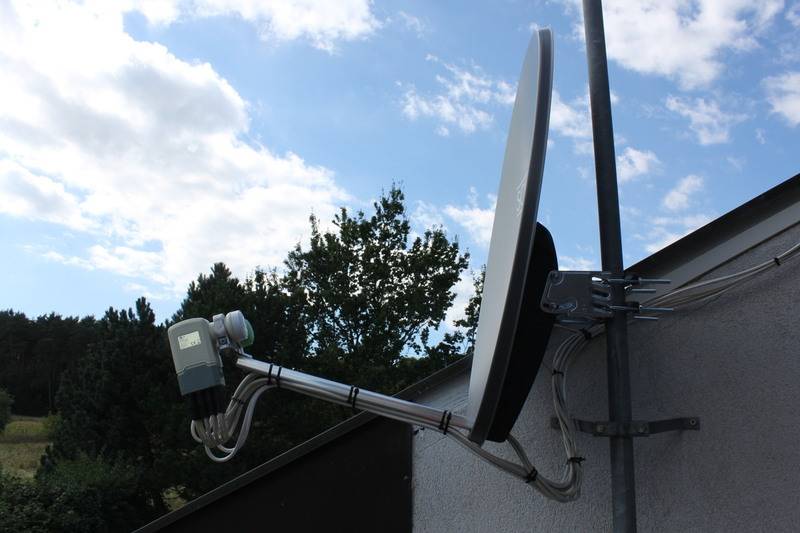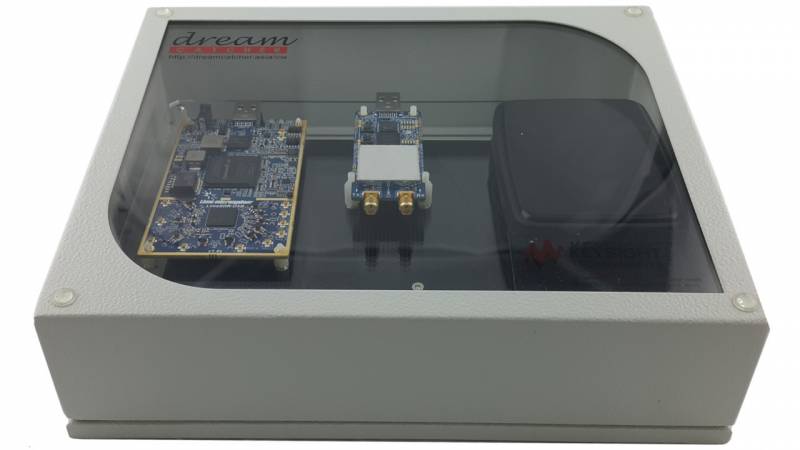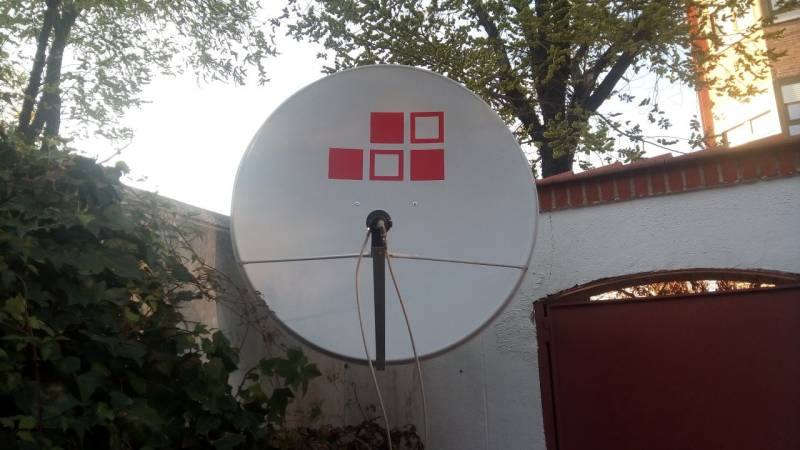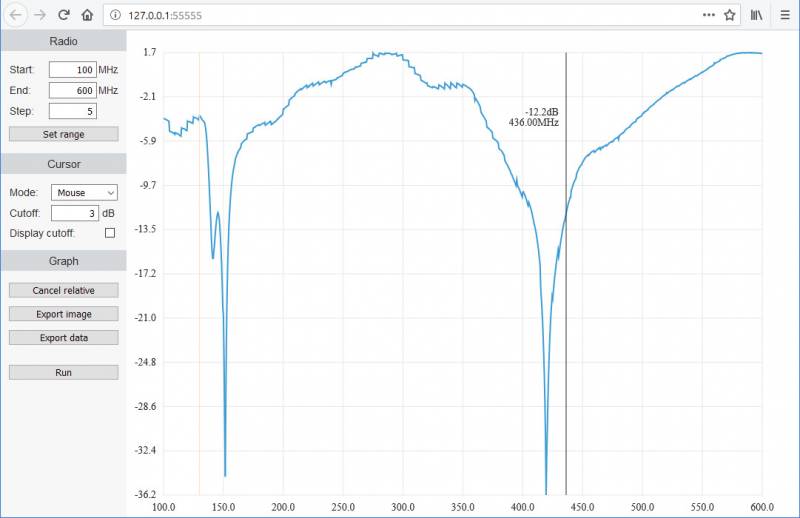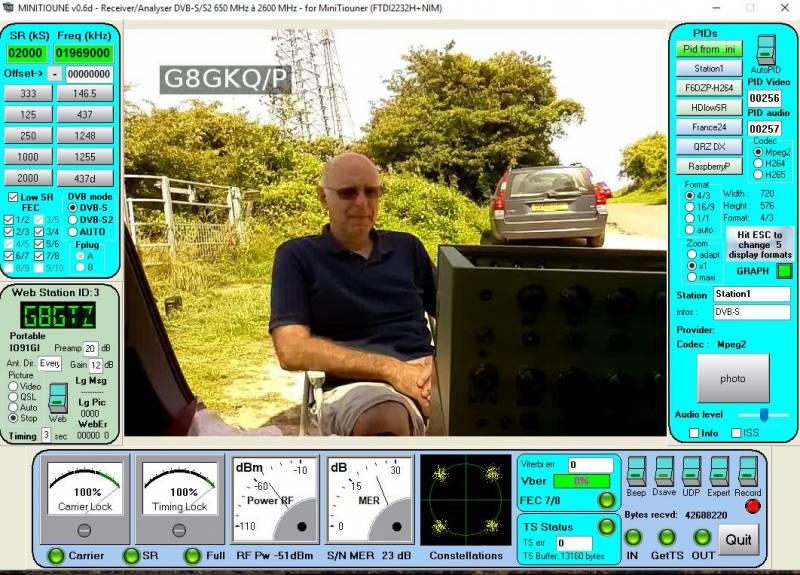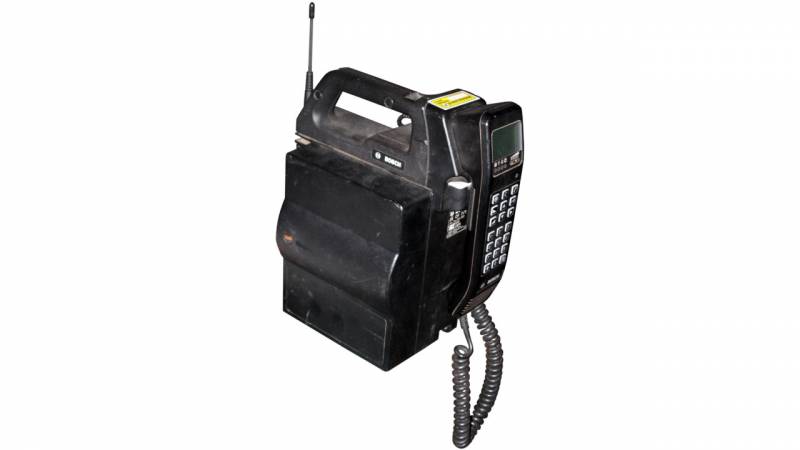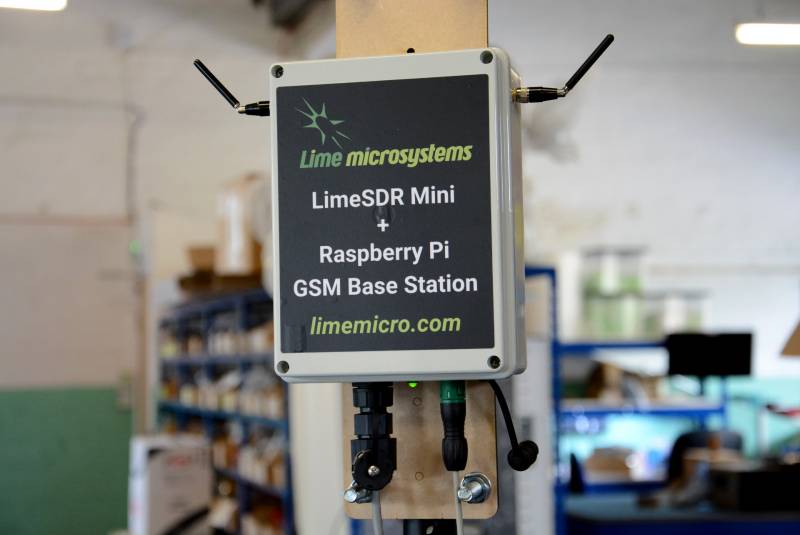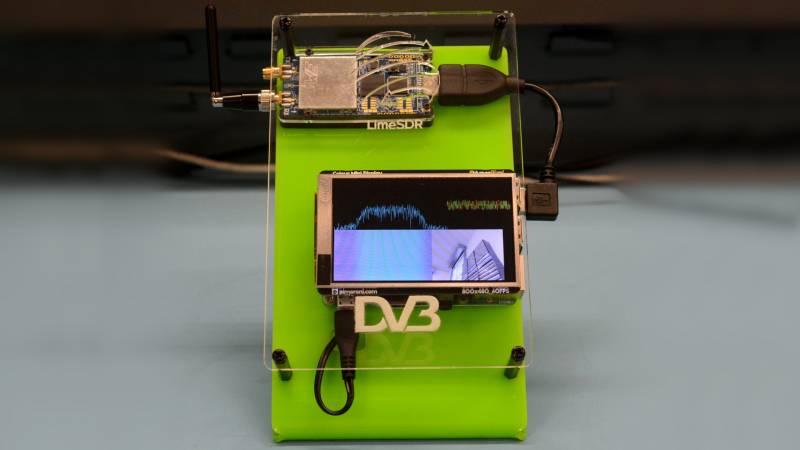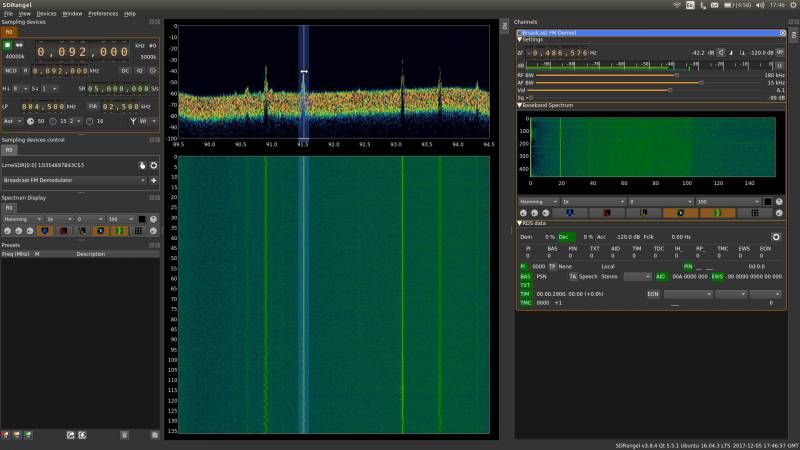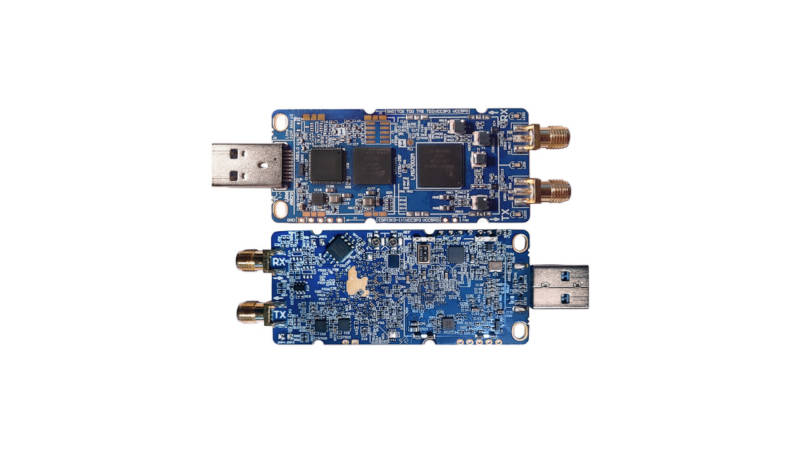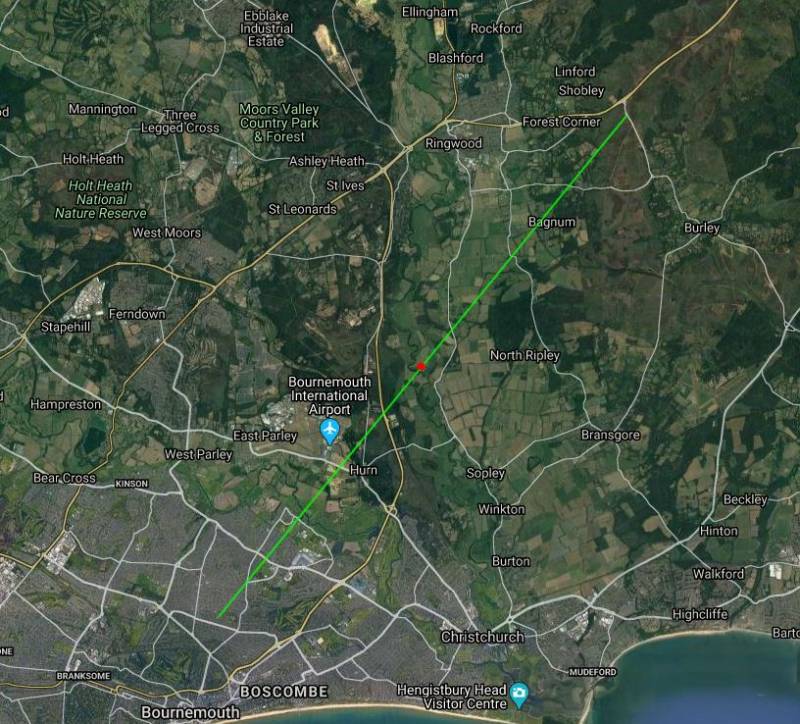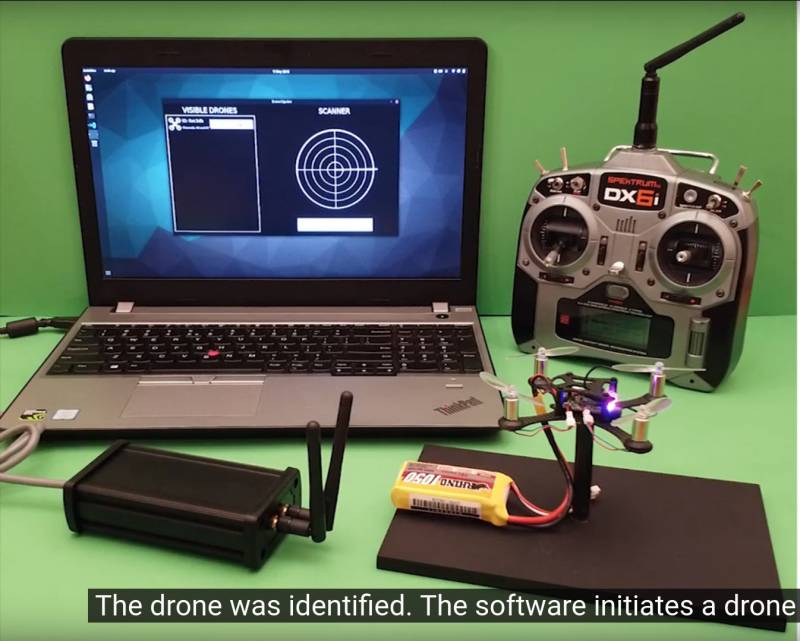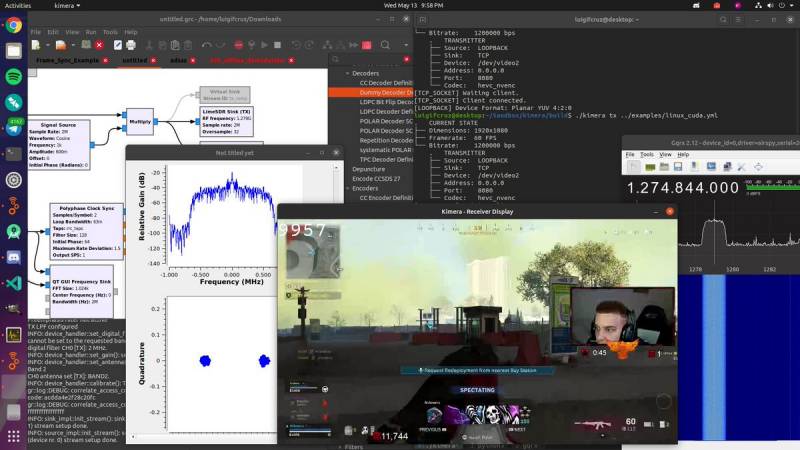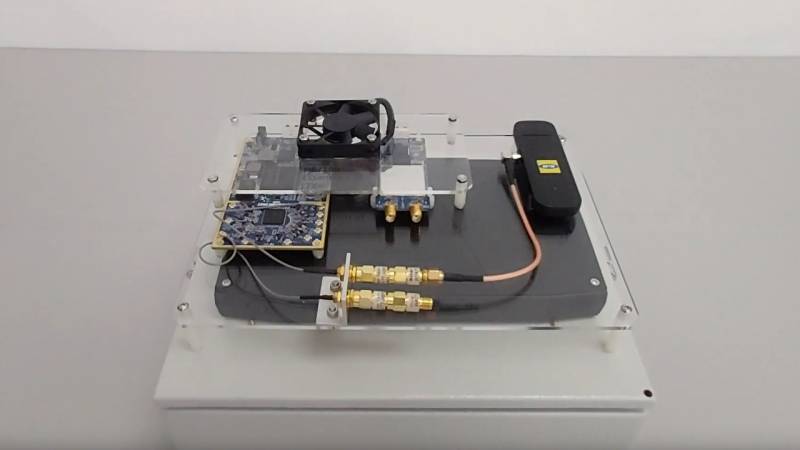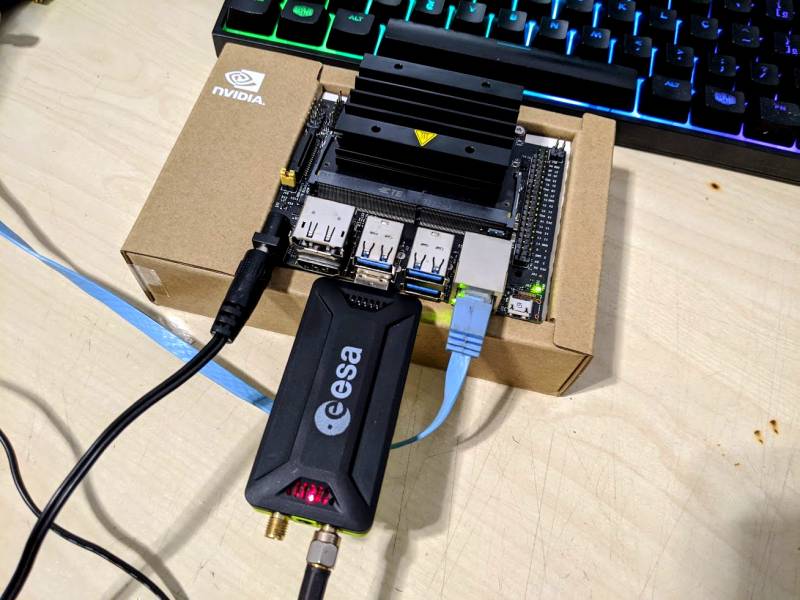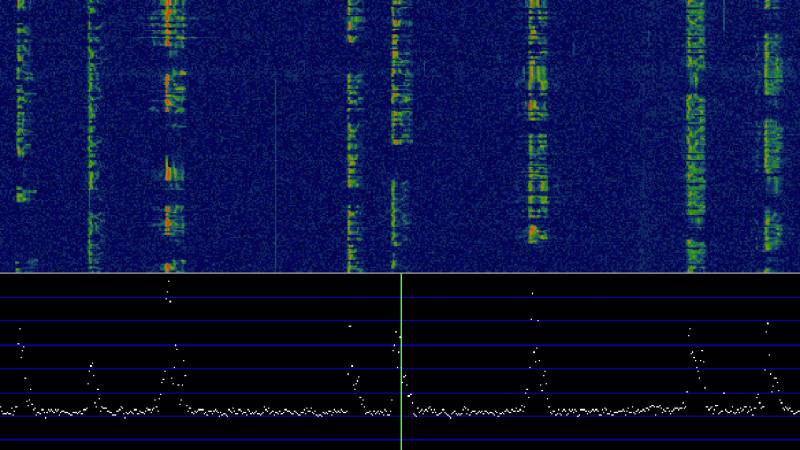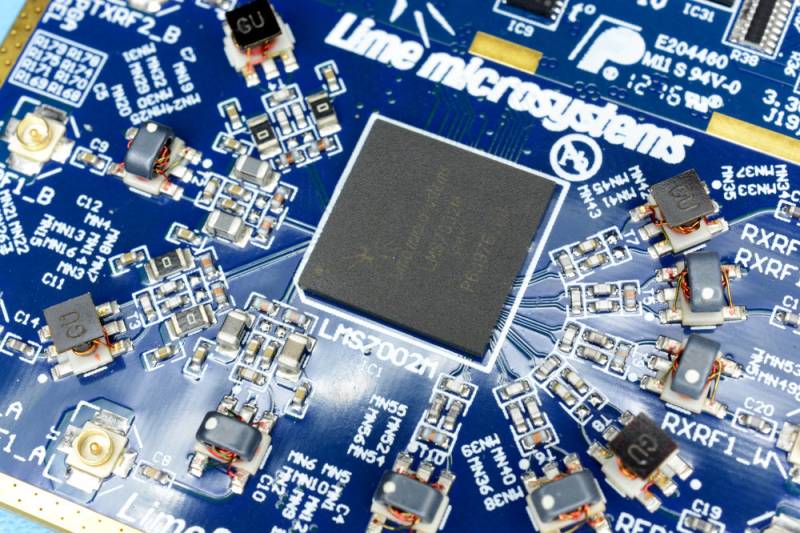An electronics hobbyist since the age of ten, system administrator Kiril Miloshev is a relative newcomer to amateur radio. “I got my HAM operator licence six years ago and it became my passion,” he explains. “In my spare time I like to experiment with radio communication systems, digital modes on HF, satellite communications, high altitude balloons tracking, and all other HAM goodies.
“Software defined radios got my attention as they are very universal, and you can do whatever you can imagine with them. Especially ones like the LimeSDR Mini, which are inexpensive yet powerful at the same time. I love the huge frequency range. The full duplex makes it possible to use the device as an antenna vector analyser. The transmit capability gives so many opportunities for experiments.”
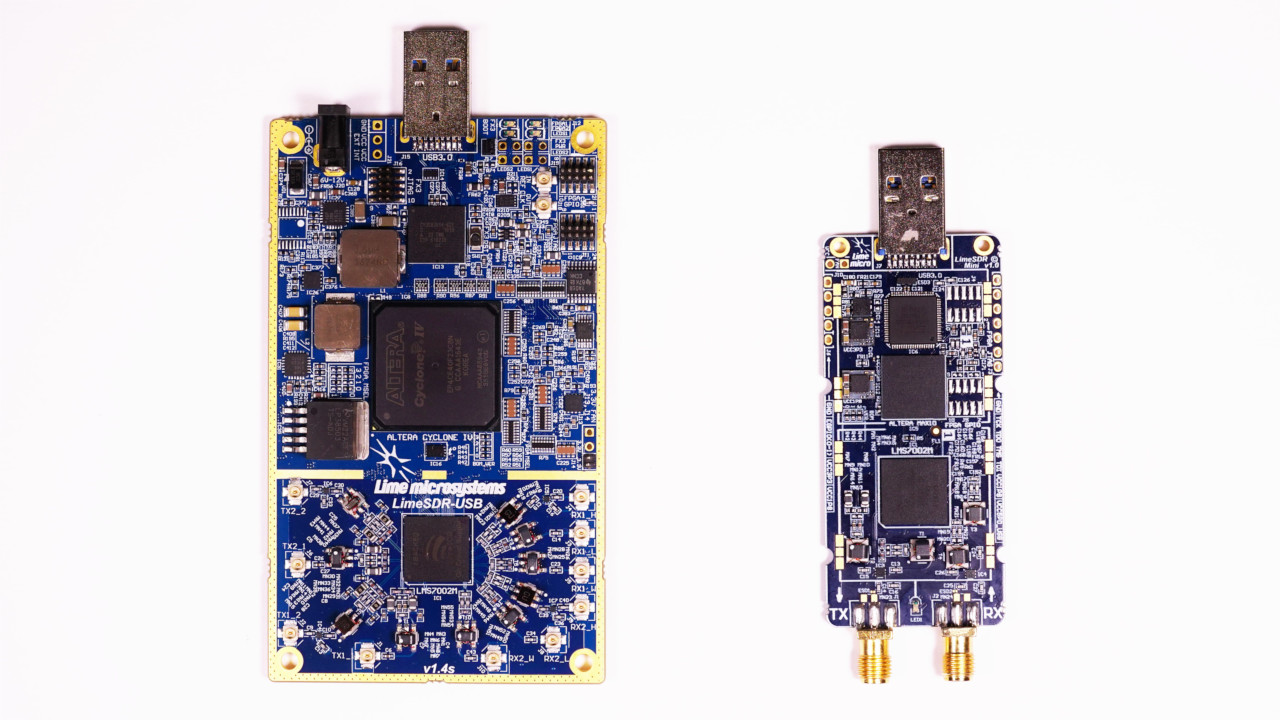
One area of Miloshev’s experimentation is WSPR. “Weak Signal Propagation Reporting is a protocol designed for probing potential propagation paths with low-power transmissions,” he explains. “It is possible to decode signals with a signal-to-noise ratio as low as −28 dB in a 2500 Hz bandwidth. This makes WSPR great for low-power SDR experiments.”
What Is WSPR?
Pronounced “whisper,” WSPR was designed to map out radio-frequency propagation. “WSPR is not a QSO [communicate-with] mode,” explains Kempton Park Amateur Radio Technology Society’s Stewart Moss in an introductory paper. “It is used to broadcast a position, call sign, and power level and see who hears and decodes it. The receiving station can work out how far the signal travelled and how strong it is on the receiving end.
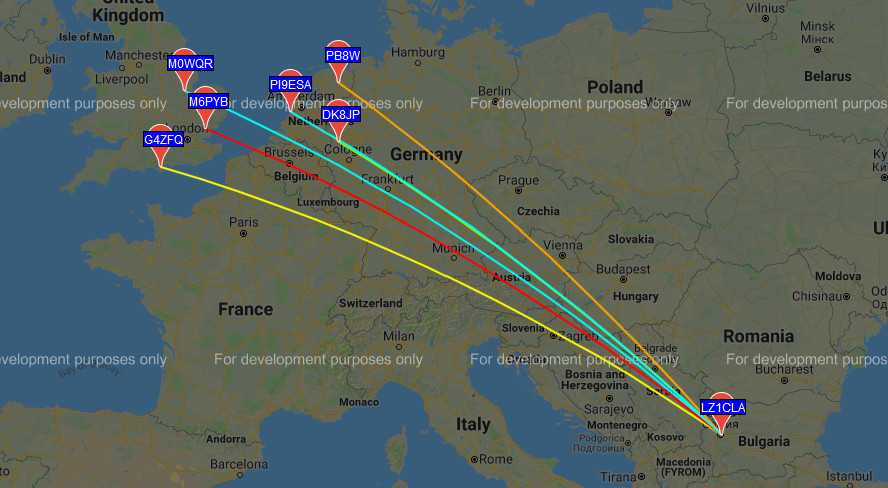
“The mode that WSPR uses is called MEPT-JT. MEPT means Manned Experimental Propagation Transmitter. The JT part is Joe Taylor’s initials. Joe Taylor K1JT also developed the mode WSJT which is used for ‘moon-bounce’ communication. In 1993 Joe Taylor shared a Nobel Prize in Physics with Russell Hulse, for some work they did in their field of Astrophysics.”
From Bulgaria to Japan
“I attached a cheap 1W high-frequency (HF) amplifier to the LimeSDR Mini, and with its help I was able to reach Japan, the US, Iceland, the Canary Islands and lots of Europe countries from my home in eastern Europe,” Miloshev explains of his initial WSPR experimentation, which used a simple off-the-shelf antenna. “The WSPR protocol transmits very slowly with good error correction, and this makes it possible to transmit over such long distances on low power.”
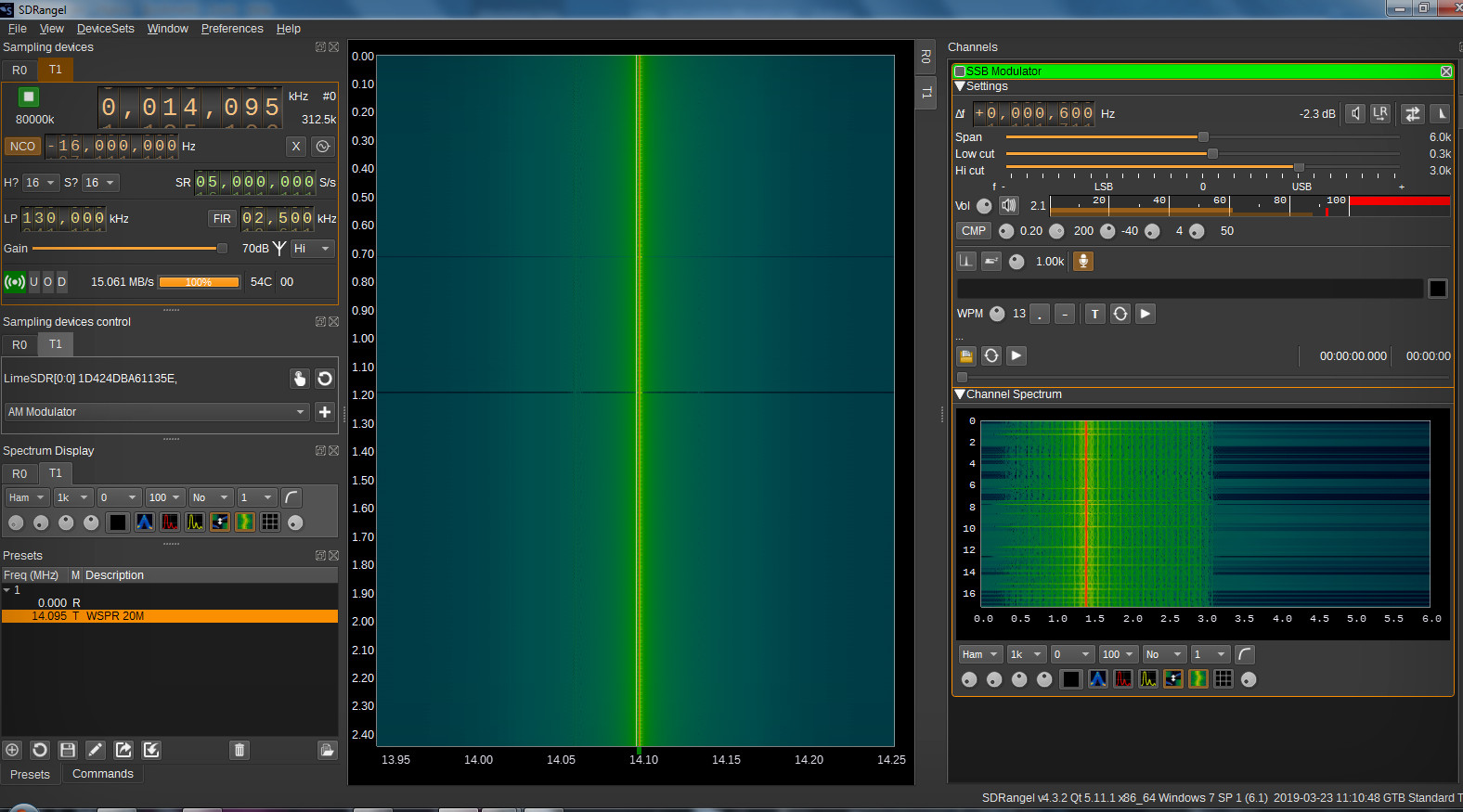
Using the popular SDRAngel software, Miloshev’s experiments proved the power – or, rather, the low power capabilities – of WSPR. At least, until the amplifier failed. “Sadly, the HF amplifier was very bad quality and blew up,” Miloshev admits, “so I was not able to continue with the tests.”
Getting Started
For those interested in experimenting with WSPR themselves, Miloshev suggests that there should be nothing to hold them back. “Just do it,” he advises. “It is fun and you can use a simple long-wire antenna hung by the balcony. My antenna is just a HamStick vertical for 20M on my balcony. Nothing fancy.”
Another WSPR experiment, this time with the LimeSDR USB, is detailed on the Myriad-RF forum, while Miloshev’s experiments can be found here.
